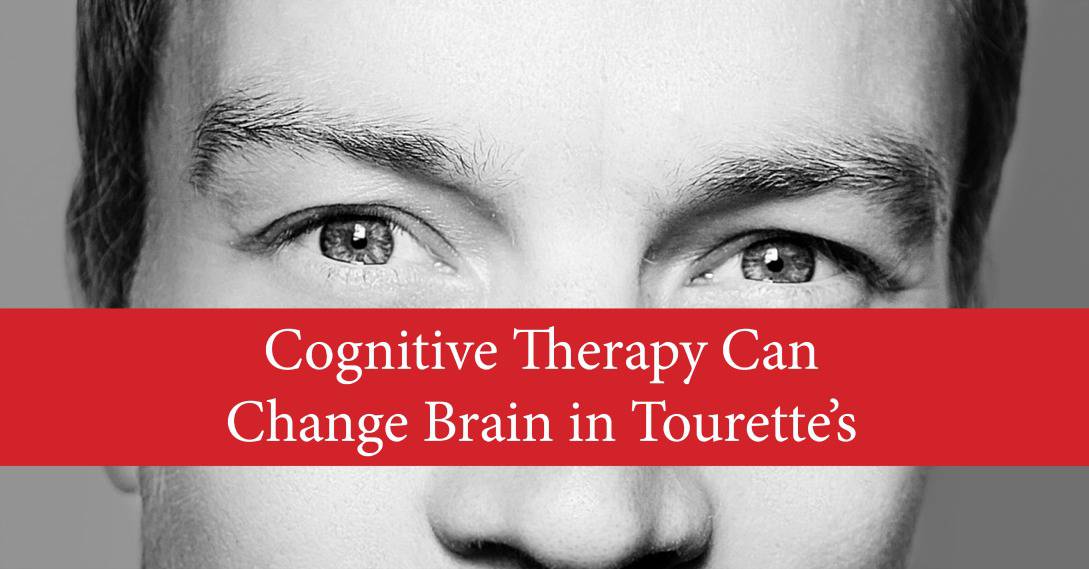A TMJ Device for Tics and Tourette’s (Premium)
Mark wrote to ACN Latitudes looking for information on a treatment for tics that focuses on adjusting the jaw through an appliance placed in the mouth.
He wondered if we had additional information or recommendations on this. See his note and two testimonials below. We hope readers will add comments if they have pursued this therapy for tic disorders including Tourette syndrome.
Mark’s question:
I’m a 55-year old male who has had annoying tics most of my life. I have tried several nondrug therapies but none have seemed to help much. Recently, I ran across some interesting work done by a Dr. Anthony Sims. He claims that by getting the proper fit with a device for TMJ (temporal mandibular joint disorder) one can all but eliminate tics. According to him, misalignment of the jaw is causing tics and Tourette’s. Do you have an opinion on this?










Glad I saw this post. I’m not a “premium” member so I haven’t read the whole article, but my son has this appliance so I do want to respond. The originator of this therapy is Dr. Brendan Stack, who has been directly helping Dr. Sims in learning and practicing this therapy for many years. Of all the practitioners of this protocol in the country, Dr. Sims has the most direct contact with Dr. Stack because he practices nearby. We live on the West Coast, so we decided to go to Dr. Stack for convenience reasons. My son is now 14 and has been using an appliance for about a year and 9 months. It is definitely helpful and has reduced his tics and urges very significantly. Due to travel inconvenience, we’ve done maintenance and appliance replacement locally with a dentist and orthodontist who are willing and open-minded to supporting this therapy. Whenever we get an adjustment done to the appliance, my son feels the effect on his tics. In fact, we guide his adjustments according to how changes in his jaw position affect his tics. It’s very straightforward. He just got a replacement appliance and says it works better than the old one (which was falling apart). However, it’s a difference type of appliance and he’s having trouble getting used to the mouthful of plastic again. I spoke with Dr. Sims before we had the first appliance made, and even without firsthand experience I would recommend him without hesitation. He meets with Dr. Stack regularly to discuss cases and is a wonderful warm person and excellent communicator with a passion for helping Tourette’s patients. This therapy is non-drug and non-invasive. The only downside is that it is expensive and there is always the risk that it will not help. It all depends on the root cause of the tics. Effectiveness tends to be better with young people who are still growing, ostensibly because the appliance changes the growth of the jaw into a more favorable shape and position than it would have otherwise manifested. My son’s jaw growth was dramatically changed for the better. If there’s any way to pm I’d be happy to discuss. For most patients, the results are gradual, not nearly as dramatic as Dr. Stack’s YouTube videos. But over time, for many patients the tics do calm down. We were confident after doing a “stick test” at home (see the YouTube videos) that our son could be helped, and fortunately we were right. I’d advise anyone with tics to try the “stick test” at home to see if it has any influence on urges. My son wants to treat Tourette’s when he “grows up”, because he knows from firsthand experience that it is possible to reduce tics.
Thank you for sharing about your son’s experience with a mouth appliance for tics. It’s wonderful it has helped your son, and that he wants to treat Tourette’s when he is older. We sure need people like him! Your detailed explanation is so useful.
Does he wear his daytime, nighttime or both?
I’ve seen different models. Is his pretty noticeable to others (but he doesn’t mind since it helps the tics) — or is it something others would not know he has in his mouth?
My son wears his appliance day and night. The thing that is noticeable is his speech. With any appliance it takes a while to learn to speak clearly. Some patients require very tall appliances which are more noticeable. The appliance has never been an issue for my son with his peers at school.
These appliances are the same ones used for other dental and orthodontic adjustments, and for treating TMJ disorders, which is how Dr. Stack stumbled upon the usefulness of the appliance for tics and Tourette’s. Upon reviewing hundreds of files on young TMJ patients for a presentation he was preparing, Dr. Stack noticed that most of the patients had tics which subsided when the headaches he was treating went away.
My son’s first appliance from Dr. Stack was a basic pivot appliance. Dr. Stack likes these because they are so easy and quick to adjust. Other practitioners tend to use a wider variety of appliances. We were able to have our local dentist make adjustments to the pivot appliance in minutes, simply following instructions that I relayed from Dr. Stack. As Dr. Stack keeps repeating, “it’s not rocket science”. We simply observed what jaw alignment seemed to reduce tics, I consulted with Dr. Stack by phone, and we adjusted accordingly. Because I developed a very good understanding of the treatment, Dr. Stack was glad to provide telephone guidance to us. We have only been to Dr. Stack twice and have done the rest locally. With Dr. Stack’s support, I am starting an online chat group for his long-distance patients to help them with remote maintenance.
My son’s second appliance was a bit of an emergency quick appliance–a basic splint with bite blocks that could be made in-house. We had been trying to see if he could be weaned off his appliance altogether, because after a year or so we found that he actually improved with the appliance out of his mouth. With Dr. Stack’s approval we reduced the adjustment, and let his spend time with the appliance out. At the same time, he was losing so many baby teeth that his appliance became unusable. Then he had a surge of tics and we felt he really needed to get something back in his mouth, so we had a local orthodontist fabricate a quick appliance. I can’t remember the name of it, but it was pretty light duty, and it cracked after about four months. A little super glue kept it going for a while longer.
Now he has a twin block appliance, also done by our local orthodontist. This appliance allows more control over his individual teeth for the sake of future orthodontic work, while also allowing total control over his jaw alignment. The downside is it has both upper and lower parts and the lower piece is visible. It is also hard to learn to talk through. But as always, my son is willing to wear it because it helps him.
We saw a dentist who uses this approach for my son with Tourette’s. He is a nice guy, but we felt scammed. He took thousands of dollars from us and his device did not work.
My daughter (12 yrs) sees [a doctor for TMJ device for tics], which has been about 6 months. Although we wanted to wait and see how it works for my daughter’s tics or TS, at least for a year it is hard to say it works for her tics ever. Her tics got really worse this month and she just took it out by herself (only bottom one, the upper one is stuck there and cannot be taken out without a device). We spent about $8,000 until now as the appliance itself costs about $7,2000 and not covered by insurance. She is supposed to have it 24 hours 7 days to see the result and I don’t know if I need to enforce her to have it. She’s been doing a good job wearing the appliance for about 4-5 months hoping her tics reduce or go, but it didn’t work well. I am also wondering how many patients could get out of tics with the help of the appliance.
I just found this thread. Are there any updates from those who commented? Mathmom, how is your son doing? Clara, is there any chance you could post an update? Denny, how long did your child wear the device? Thank you!
Why doesn’t insurance cover this?
I can’t find the documentary that was mentioned about The Fifth Nerve, is it named something else or where can I find it?